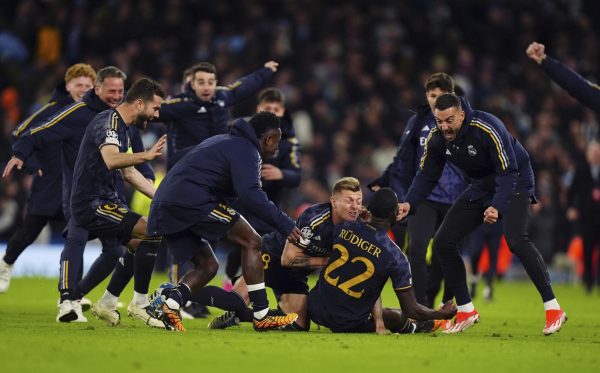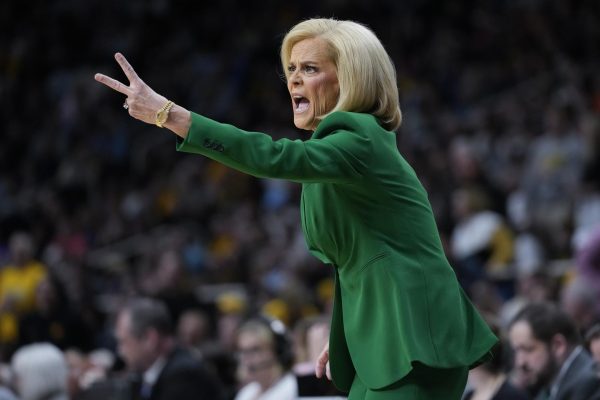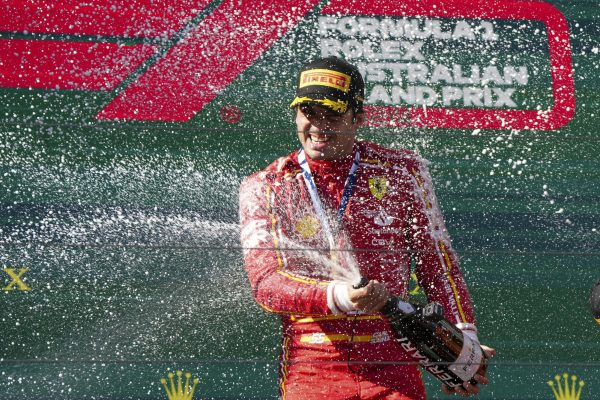World Cup Draw 2018 Sets the Stage in Russia: Easy group for host Russia; notable absences of USA, Italy, Netherlands
This past week, some major globally-relevant news came out of the Kremlin in Moscow, Russia. No, nothing about international security or commerce, something way more groundbreaking: the groupings for the 2018 FIFA World Cup. Immediately before publication, it was also announced that Russia would not be participating in the 2018 Winter Olympics.
At the World Cup, the 32 qualified teams are drawn into groups for the round-robin first stage of the tournament. The results of this process are paramount to the hopes of each nation: in 2014, reigning champions Spain were knocked out during the group stage because they were drawn into such a
challenging group.
Here, instead of your standard group-by-group preview, we’ll analyze the most important storylines to watch after Vladimir Putin gave us the final groupings for the tournament.
For starters, the draw had four crucial actors missing: Italy, Netherlands, Chile, and, of course, the United States. Each of these teams have proven to thrive in the international spotlight. The Italians have four World Cup titles to their name, Chile went back-to-back as champions of South America in ’15 and ’16, the Netherlands have finished in 3rd place or better in the past two World Cups, and the U.S., well, it’s just not the same without the Americans. The absence of these countries has left a power vacuum for upstart nations to establish themselves in the global soccer landscape, and there are some real mysteries among the bunch.
Iceland, a country whose population roughly equals that of Corpus Christi, Texas, will be participating for the first time ever. This team, whose roster has more “sons” than Marcus Mumford, proved during the 2016 UEFA Euros that they are a force to be reckoned with. Gyfli Sigurdsson and Birkir Bjarnasson, who both have featured prominently for their Premier League teams, will have to play flawlessly if they are to shock the world again and succeed in group play. The challenge will be even more daunting this time around for the viking nation, as they have been drawn into a strong group of Nigeria, Croatia, and 2014 finalist Argentina.
In terms of group intensity, one cannot say the same for Russia. The host nation got one of the mathematically easiest possible draws for the tournament, as they will face off with Uruguay, Egypt, and Saudi Arabia in Group A.
The Elo Rating (a frequently-used statistic for estimating skill of a certain sports player or team) of Group A is 1,720, which is a gaping 98 points worse than the average 2018 World Cup team.
FiveThirtyEight says this would be the easiest group ever by a longshot- next closest had a difference of 92, and the third-closest had a difference of 66. Putin’s most desirable outcomes coming to fruition despite the odds stacked against him? Suspicious activity under the purview of FIFA? Never!
What about the powerhouses? Reigning champion Germany and global titan Brazil each got moderately difficult draws. Germany, who has not lost a game since the Euros in July 2016, currently has the best odds to win the whole thing.
France got the easiest draw among the tournament’s studs, set in Group C with Denmark, Peru, and Australia. Finally, Iberian rivals Spain and Portugal will face off in Group B with Morocco and Iran.
This is certainly one of the most eclectic, peculiar World Cups we’ve seen in recent memory. As awkward as it will be to see competitors like Panama, Peru, and Serbia in lieu of the United States, Chile, and Italy, we must accept the reality that the 32 teams playing in Russia have earned their spot.
Contact Theo Asher at [email protected].









